Where did the extraordinary popularity of Purell antibacterial gel come from?

Just as for many Poles "adidasy" is synonymous with sports footwear, and the word "pampers" is increasingly replacing the word for diapers in their dictionary, which is actually the original name of the necessary accessory for changing babies, so among the residents of the United States "Purell" is often used to refer to all kinds of hand sanitizers, not just the product of this specific brand. How did this antibacterial hand disinfectant gain such popularity?
GOJO - humble beginnings of a hygiene industry giant
To fully trace the success story of the Purell brand on the American market, we need to go back to 1946. It was then that a couple living in Ohio founded GOJO, a company that aimed to meet the needs of workers in car workshops and various heavy industries with their products. The idea for the business was simple and was born in the mind of Goldie Lippman during World War II, when she worked as a manager in a rubber products factory. While observing her employees finishing their shifts, she noticed that many of them had problems with removing dirt from their hands accumulated during work.
Substances such as graphite and soot would eat into the skin so deeply that many people returning home would remove the stains not with soap, but with kerosene or other strong chemicals, drying and seriously damaging the epidermis in the process. In search of a solution to this problem, Goldie and her husband Jerry collaborated with chemistry professor Clarence Cook to develop the first industrial hand cleaner. It quickly became apparent that the skin-friendly semi-liquid cleaning cloth was a bullseye and produced such good results that employees using it would steal part of the supplies purchased by factory and workshop owners for themselves. In response to this practice, in 1952, Jerry Lippman developed and patented the first GOJO dispenser for pastes and creams. Designed for intensive use in production facilities, these dispensers proved to be a solution that allowed the family business to become a leader in the industry of suppliers of products such as cleaning agents and hygiene materials.
Not just clean, but also disinfected hands
The Lippmans did not rest on their laurels. Over the following years, the GOJO company slowly but steadily entered new markets, developing and introducing hand hygiene products for various industries. In 1973, due to an oil embargo imposed by Arab countries on the United States, which was used as a component in industrial hand cleaners, the production costs of GOJO's entire product range significantly increased. To avoid potential financial difficulties, they began to look for alternative products. In 1988, a sticky, alcohol-based Purell hand disinfectant joined the portfolio of supplies of the company founded by the Lippmans.
Alcohol-based disinfectants were nothing new, but the GOJO product had several unique features that set it apart from the competition. The most significant was the presence of acrylates, which are polymers that increase the density of the ethanol disinfectant. As a result, Purell, which was in the form of a gel, could be spread much easier and more accurately over the surface of the hands, without the risk of splashing the liquid substance and with much greater control over the dosage of the appropriate volume, which contributed to effective and economical use. Of course, these were not the only advantages of the new hygiene product - GOJO used its many years of experience in producing skin-friendly hand cleaning pastes and made sure that Purell not only acted as an antibacterial agent, but also moisturized the skin, making it a highly comfortable product to use even with frequent hand disinfection.
Purell carves through rock
Initially, the newest GOJO product was directed solely to the gastronomy industry and institutions such as schools and hospitals, where it gradually gained popularity. So much so that in 1997, it was made available for regular retail sale and ended up on store shelves - but they were not kind to it. The interest in the new disinfectant among regular consumers was very small and it is possible that, despite its many advantages, Purell would have remained just one of many unrecognized hand hygiene materials if not for a brilliant move - the introduction of a new bottle design at the end of the 90s.
By replacing the previous packaging with a transparent plastic container and enriching the hand sanitizer gel formula in such a way that small bubbles appeared inside, Purell caught the eye of Americans, immediately associating it with freshness and cleanliness thanks to its new appearance. This simple marketing move, suggested to the manufacturer by an external company, Nottingham Spirk, allowed GOJO to quickly conquer the domestic market of hand hygiene products and turn their product into a truly iconic one. Once again in history, it turned out that the idea of effectively selling a product is just as important as the idea of the product itself.
Who is getting rich off the epidemic?
It is estimated that the company GOJO, which oversees the Purell brand, currently has about 25% of the market share in the American hand sanitizer market, which in 2018 translated to over 370 million dollars - almost 1.5 billion Polish zlotys - in revenue. The value of the company itself was valued at 1 billion dollars, although today, in the times of the COVID-19 virus pandemic, these may be highly outdated figures.
This is largely due to the American Centers for Disease Control, a government agency that is part of the Department of Health, which in 2002 updated its recommendations for hand hygiene and drew attention to the high effectiveness of alcohol-based disinfectants in combating all kinds of pathogens, recommending their use to hospital employees, clinics and other medical facilities. For the already popular Purell, this was an additional opportunity for promotion, which was used to the fullest - today, transparent bottles with the characteristic bubbly gel are almost ubiquitous not only in institutions focused on health protection, but also in schools, kindergartens, private homes, and even military barracks.
Ryszard Kurek
All rights reserved. No part of the publication (text, graphics, images, photos, files, and other data) presented on the OLE.PL online store may be reproduced or distributed in any form or by any means without prior permission. All trademarks, graphics, brand names, and other data are protected by copyright law and belong to their respective owners.

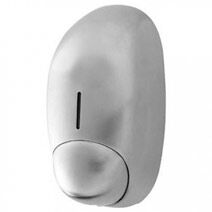

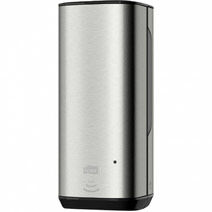
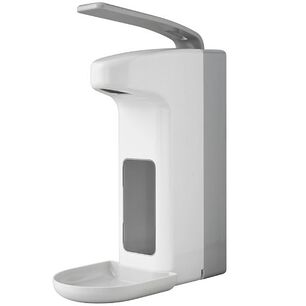
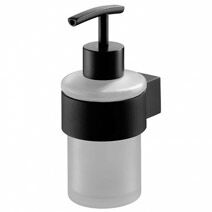
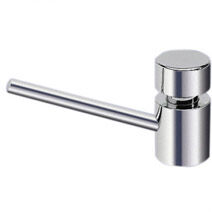
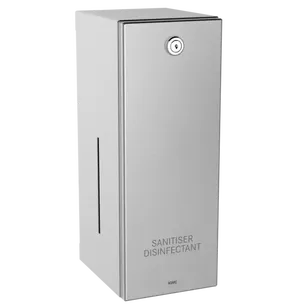

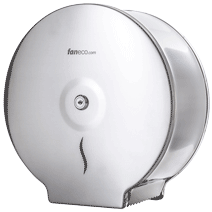

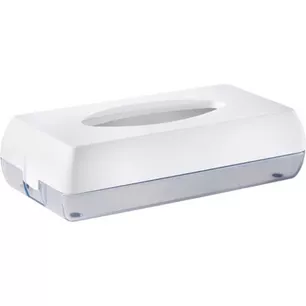
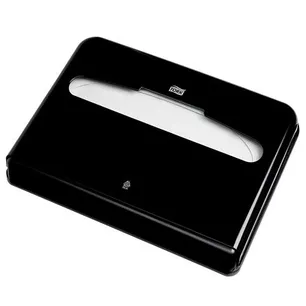
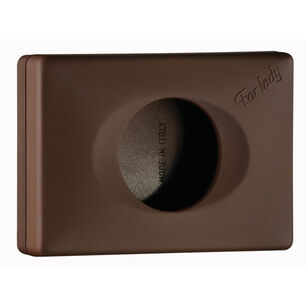
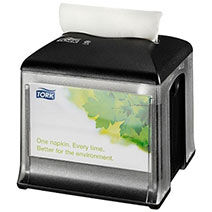

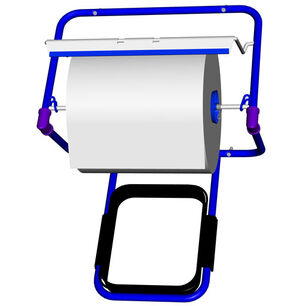
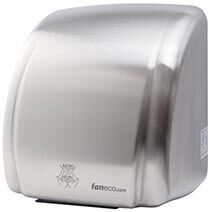
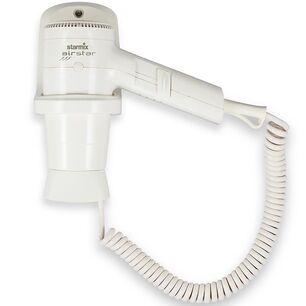
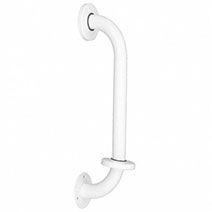
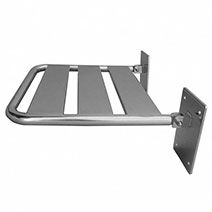
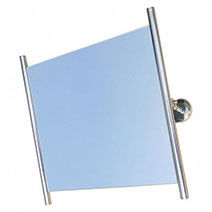
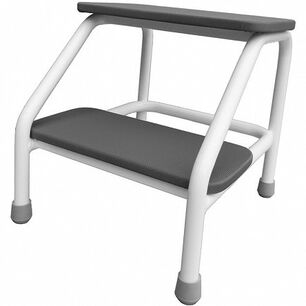
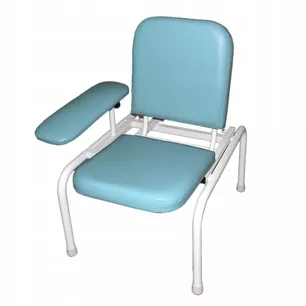
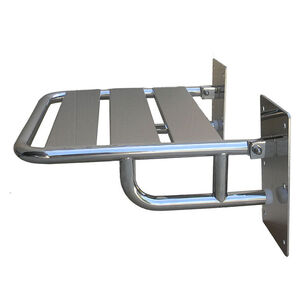



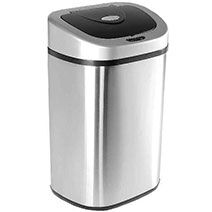
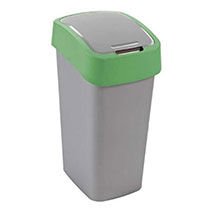
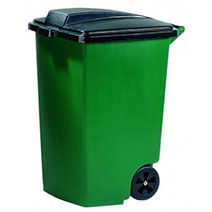


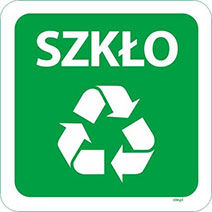
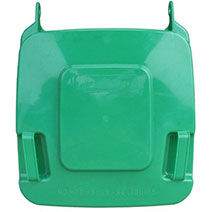
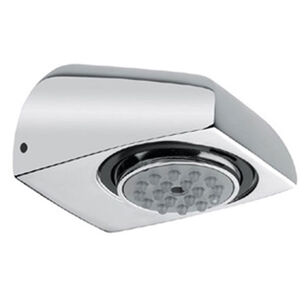
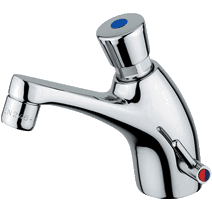
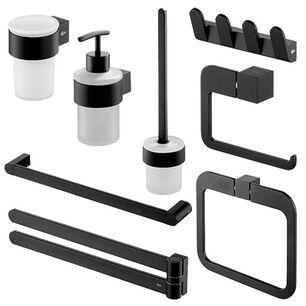
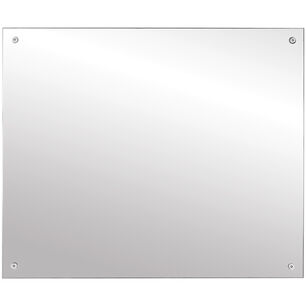
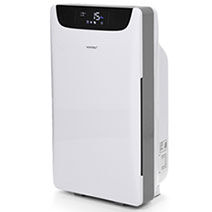
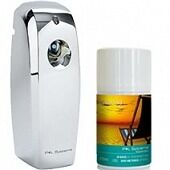
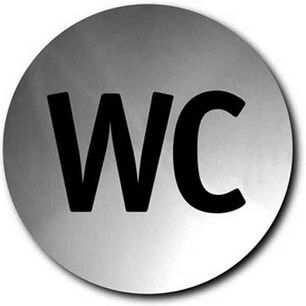
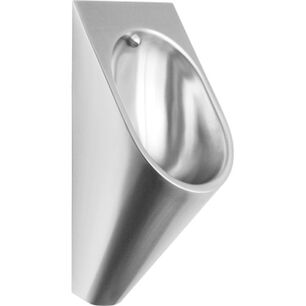
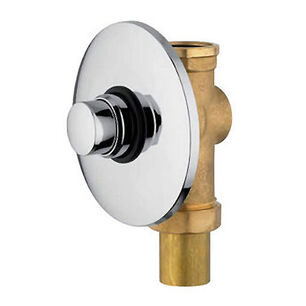
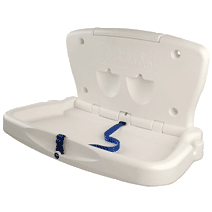
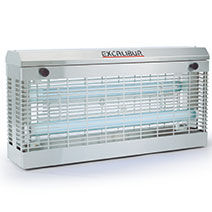
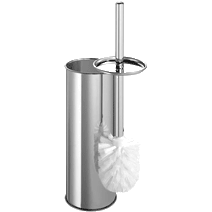
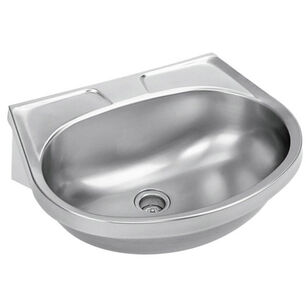
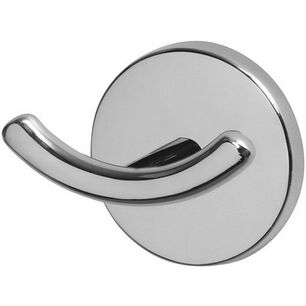
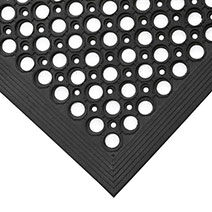
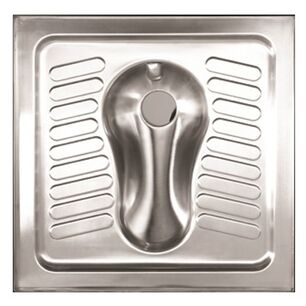
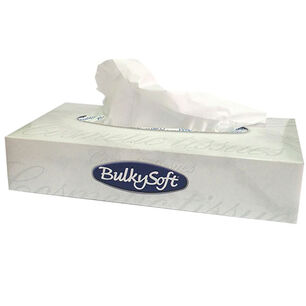
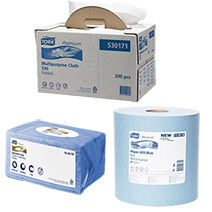
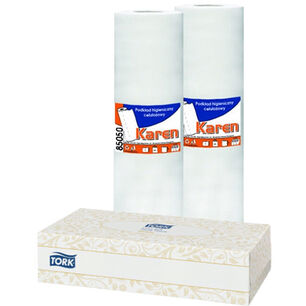
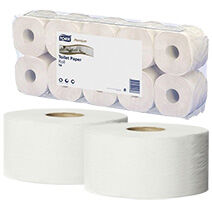

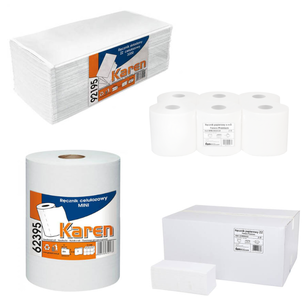
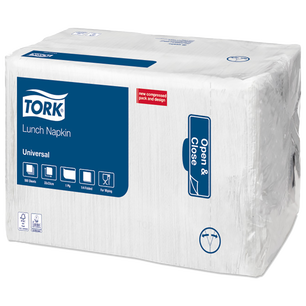
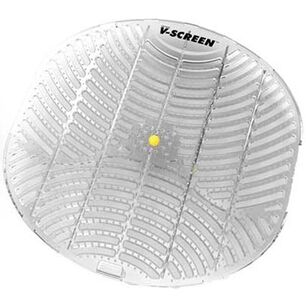
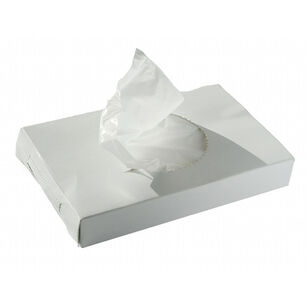
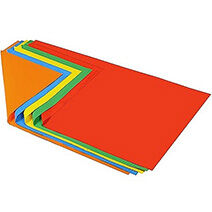
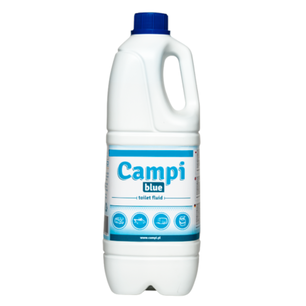
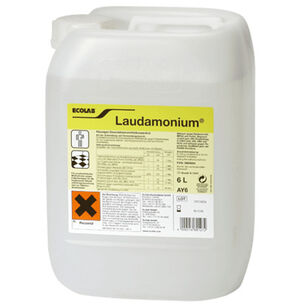
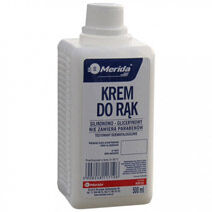
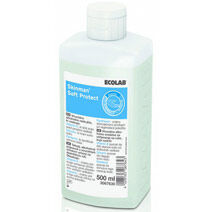
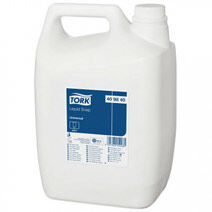
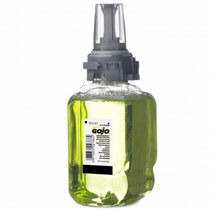
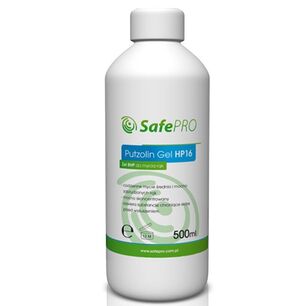
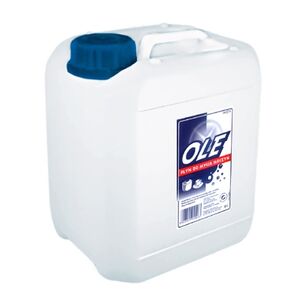
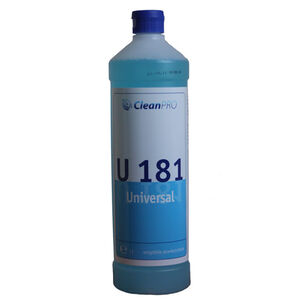
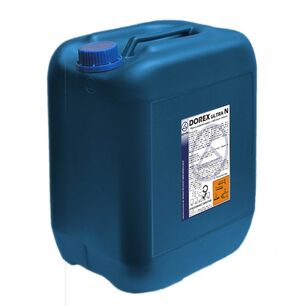
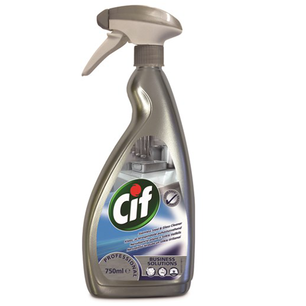
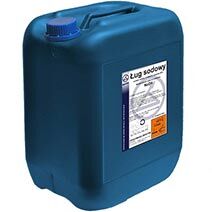

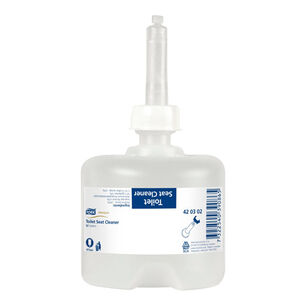
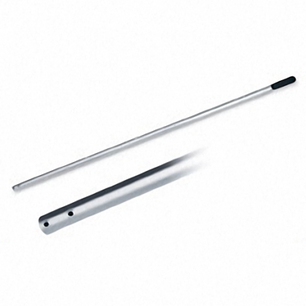
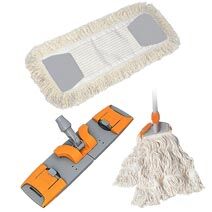

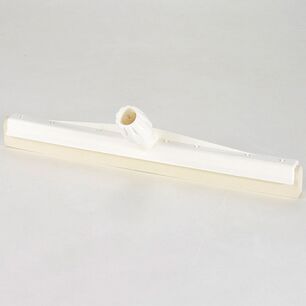

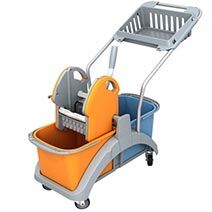
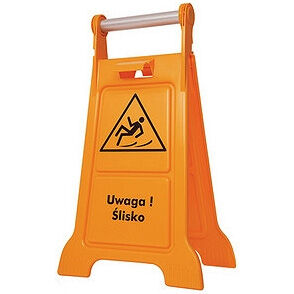

 Polski
Polski
 Czech
Czech
 German
German
 Spanish
Spanish
 Slovak
Slovak